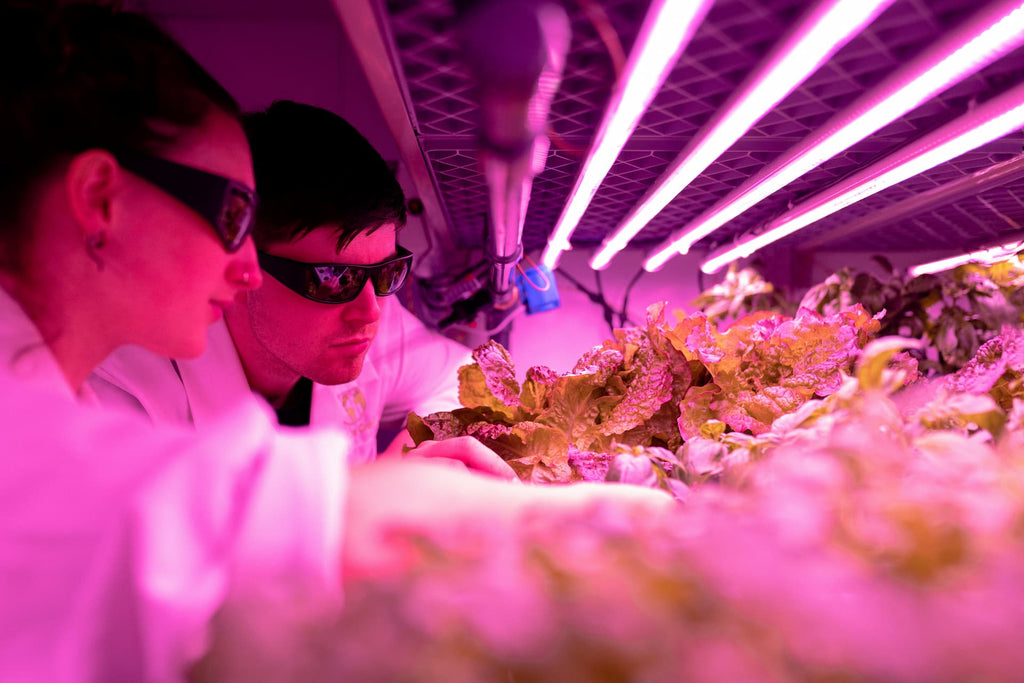In today’s academic landscape, students and educators alike grapple with the classification of subjects, especially in the realm of science. One such subject that often stirs debate is Advanced Placement (AP) Environmental Science.
Commonly perceived as a blend of various scientific disciplines, its exact categorization raises the question: Is AP Environmental Science a physical science?
This blog post delves into the intricate world of scientific classification, specifically examining where AP Environmental Science fits in the broad spectrum of high school sciences. We will explore the definition of physical science, compare it with the core elements of AP Environmental Science, and unravel why this subject is often set apart from traditional physical sciences.
Whether you're a curious student, a concerned parent, or an educator seeking clarity, join us in demystifying the true nature of AP Environmental Science.
What Exactly Is a Physical Science?
Physical science, at its core, is the study of the non-living systems of our universe. It’s a broad term that encompasses various disciplines, each focusing on understanding the fundamental principles and laws of nature.
Typically, physical science includes fields like physics, chemistry, astronomy, and Earth science. These disciplines share a common thread - they all investigate the nature of matter and energy, and how they interact in the observable universe.
The methodologies in physical science are generally quantitative, relying heavily on experimentation, observation, and mathematical analysis to formulate and test hypotheses.
Is AP Environmental Science Considered a Physical Science?
Now, where does AP Environmental Science fit into this picture? AP Environmental Science, often abbreviated as APES, is a unique blend of various scientific disciplines. It integrates aspects of biology, chemistry, Earth science, and even some elements of social sciences.
The primary focus of AP Environmental Science is to understand the interrelationships of the natural world and analyze environmental problems, both natural and human-made. It looks at how ecosystems function, how human activities impact the environment, and how these impacts can be managed or mitigated.
Given its comprehensive approach, AP Environmental Science straddles the line between physical and biological sciences. While it incorporates physical science concepts, particularly in studying Earth systems and environmental processes, it also delves deeply into biological aspects, such as ecosystems and biodiversity.
Therefore, while AP Environmental Science does cover some elements of physical science, it is more accurately described as an interdisciplinary or integrated science. It transcends the traditional boundaries of physical science, making it a subject that provides a holistic view of our environment and its intricate complexities.

What Type Of Science Does "Environmental Science" Fall Under?
Environmental Science, by its very nature, is an interdisciplinary field. Unlike traditional sciences that focus on specific, isolated phenomena, Environmental Science covers a broad spectrum, examining the interactions between the natural world and human societies.
This discipline melds elements of biology, chemistry, physics, geography, earth science, and even social sciences to understand and address environmental issues. Its scope is vast, covering topics like ecology, climate change, resource management, and environmental policy.
The key feature of Environmental Science is its holistic approach – it doesn't just look at the science behind environmental problems but also considers economic, political, and social aspects.
What Does Interdisciplinary Science Mean?
The term 'interdisciplinary science' refers to the integration of concepts, theories, and methods from multiple scientific disciplines to advance fundamental understanding or solve problems whose solutions are beyond the scope of a single discipline.
In the context of Environmental Science, this means drawing upon biology to understand ecosystems, chemistry to study pollution, physics to explore energy transfer, and social sciences to evaluate human impact and policy implications.
This interdisciplinary approach is crucial in a field like Environmental Science, where understanding the complex interplay between various components of the environment and human society is essential for developing effective and sustainable solutions.
It transcends the traditional boundaries of science education, offering a more comprehensive understanding of how the world works and how we can better coexist with our natural surroundings.
What Types Of Science Are Most Common In High School
High school science curriculum is designed to give students a broad understanding of the various scientific disciplines. These courses lay the foundation for critical thinking and analytical skills, essential for both academic and personal growth. The most common types of science offered in high schools include:
Physics
Physics explores the fundamental principles of matter and energy. It delves into concepts like motion, forces, gravity, energy, and the laws governing the physical universe. Physics often involves a significant amount of mathematical calculations, providing students with a rigorous understanding of how the physical world operates.
Chemistry
Chemistry, often known as the "central science," bridges physics with other natural sciences. It involves the study of the composition, structure, properties, and changes of matter. High school chemistry courses cover topics like atomic structure, chemical reactions, and the properties of elements and compounds.
Biology
Biology is the study of living organisms and their interactions with the environment. It ranges from exploring microscopic cells to understanding the complex systems of plants and animals. High school biology covers topics like genetics, evolution, ecology, and human anatomy.
Earth Science
Earth Science encompasses the study of Earth's physical characteristics, from its geology to the atmospheric sciences. Topics often include the study of rocks and minerals, Earth's interior, plate tectonics, and weather and climate patterns.
Psychology
Psychology in high school introduces students to the scientific study of the human mind and behavior. It covers a range of topics like human development, cognitive processes, personality, and psychological disorders.
Sociology
Sociology, although less common in some schools, examines human society and social behavior. It explores the dynamics of groups, organizations, cultures, and social institutions, and how people interact within these contexts.
Mathematics
While not a science in the traditional sense, mathematics is foundational to all sciences. It provides the tools and frameworks necessary to analyze and interpret scientific data. Courses typically range from algebra to calculus, teaching students to apply mathematical concepts to real-world scientific problems.

Frequently Asked Questions
Is AP Environmental Science a Lab Science?
Yes, AP Environmental Science is considered a lab science. While it does involve a significant amount of classroom learning, lab work is an integral part of the curriculum.
Students engage in hands-on experiments and fieldwork, which are crucial for understanding environmental processes and applying theoretical knowledge in real-world scenarios. These lab components help students develop critical scientific skills such as data collection, analysis, and experimental design.
What Is AP Environmental Science Equivalent To?
AP Environmental Science is often considered equivalent to a first-year college course in environmental science. The AP course covers a broad range of topics, including ecology, earth systems, atmospheric science, and human impacts on the environment.
It provides a comprehensive overview similar to what a student might encounter in an introductory college-level environmental science course.
Is AP Environmental Science Like Biology?
While AP Environmental Science shares some similarities with biology, particularly in areas like ecology and the study of living organisms, it is broader in scope. AP Environmental Science not only focuses on biological aspects but also incorporates elements of Earth science, chemistry, and even socio-economic factors.
Unlike biology, which primarily concentrates on life and living processes, AP Environmental Science is more holistic, addressing the interactions between the natural world and human societies.
Conclusion: Why Isn't AP Environmental Science Considered A Physical Type Of Science?
In conclusion, AP Environmental Science is not strictly considered a physical science due to its interdisciplinary nature. Physical sciences, such as physics and chemistry, focus primarily on non-living systems and the fundamental laws of nature.
They tend to be more quantitative and formulaic in their approach. In contrast, AP Environmental Science encompasses a broader spectrum, integrating principles from both the physical and biological sciences as well as socio-economic perspectives.
This course goes beyond the traditional scope of physical sciences by addressing the dynamic interactions between the natural environment and human activities. It examines not only the physical and biological aspects of the environment but also the impact of human behavior, policy, and ethics on ecological health.
This holistic approach is essential for understanding and solving the complex environmental challenges we face today.
Therefore, while AP Environmental Science does incorporate elements of physical science, its comprehensive coverage of interdisciplinary themes places it in a unique category.
It offers students a more expansive view of science, one that transcends conventional boundaries and equips them with a deeper understanding of the world around them and their role in shaping a sustainable future.
Looking for more information about AP Environmental Science?
Download our comprehensive class guide by clicking the thumbnail below, or visit our AP Environmental Science page to learn more about tutoring support.


